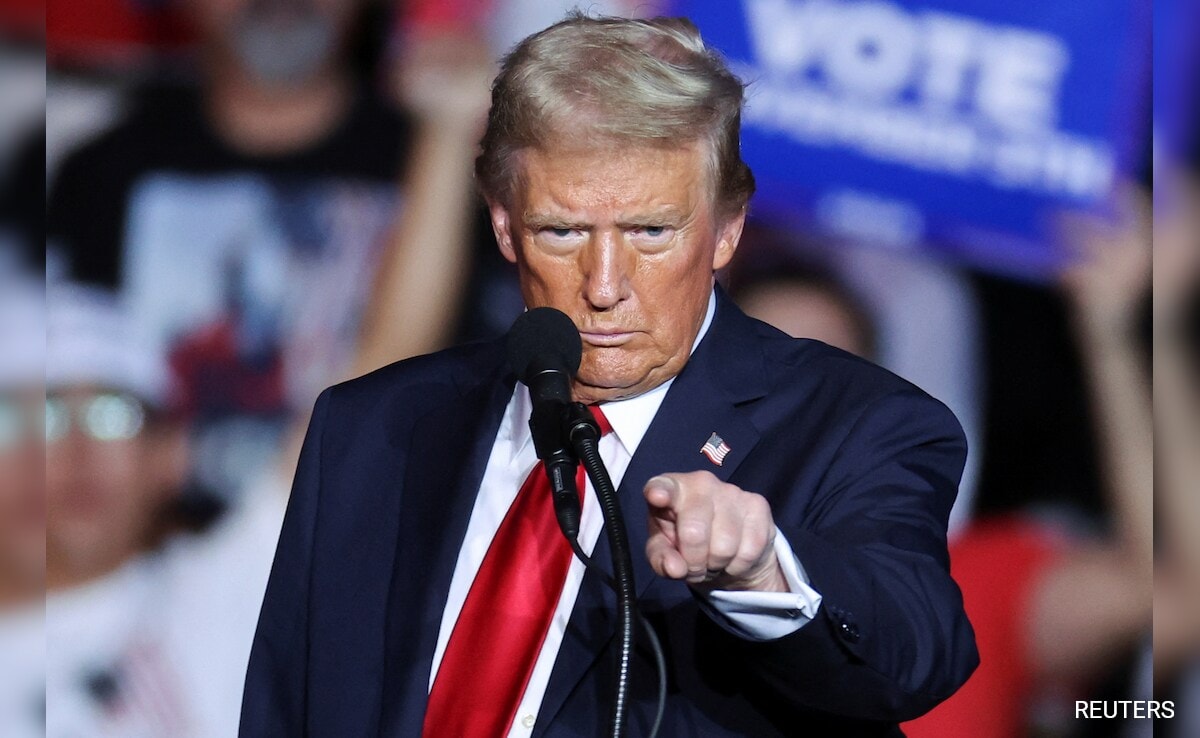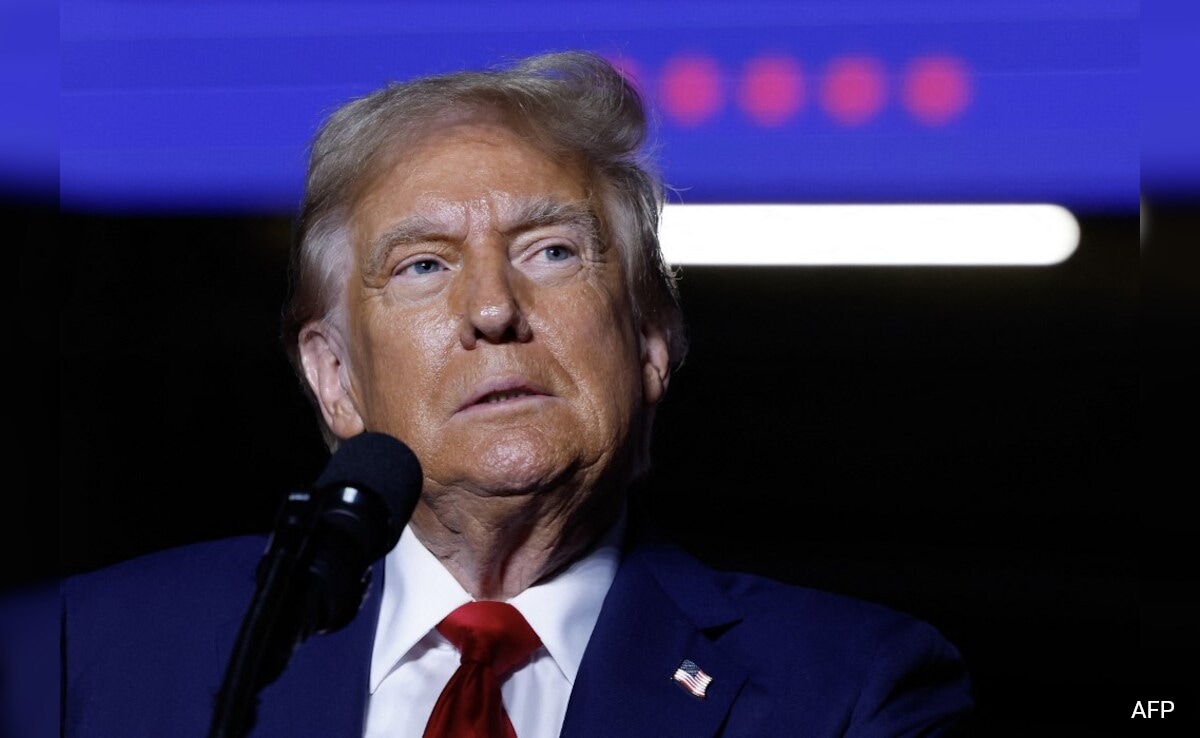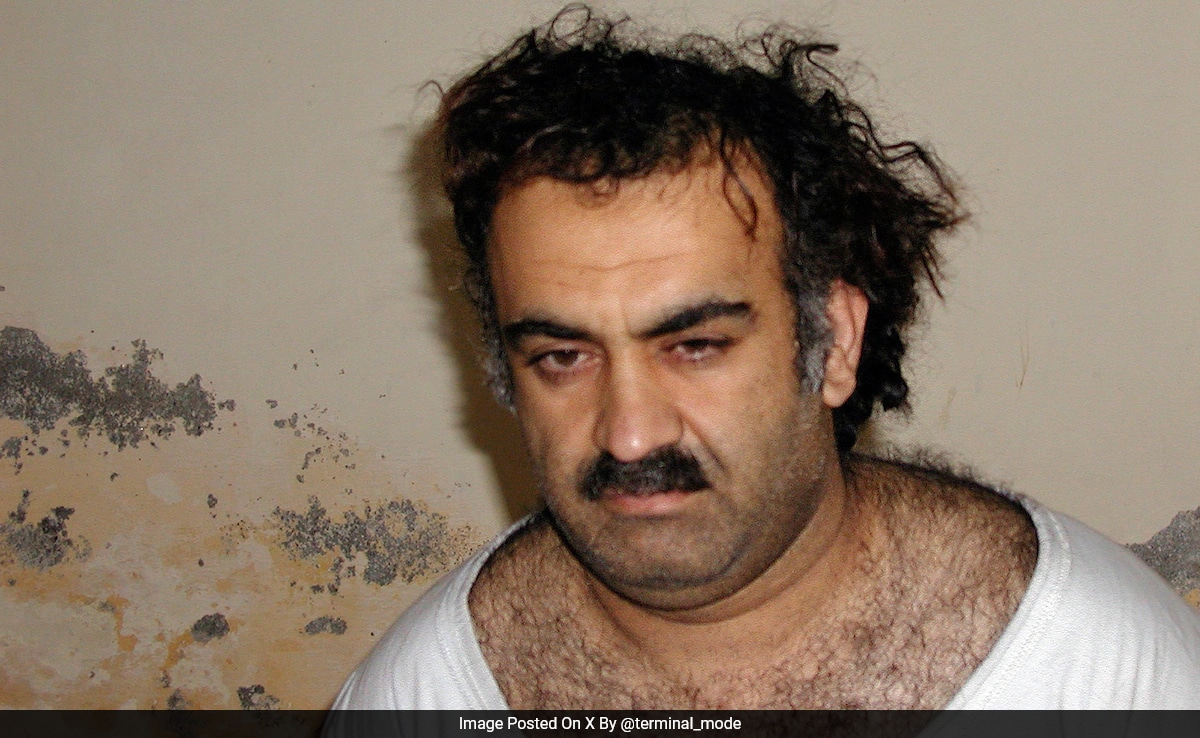For the past few weeks, news from beyond the Vindhyas has been creating a buzz, depicting a determined push by the Bharatiya Janata Party (BJP) to expand its presence and increase its share of Lok Sabha seats in the five southern states. Leading this political campaign is Prime Minister Narendra Modi, who has made several strategic visits, focusing particularly on states other than Karnataka, traditionally characterised as the sole region where the Lotus blooms in terms of electoral dividends.
The five states and one union territory collectively represent over 130 Lok Sabha seats. For a party with the ambitious battle cry of “Abki Baar 400 Paar” (to win over 400 of the 543 Lok Sabha constituencies), rallying support from all directions becomes imperative. As of now, the BJP holds 25 of the 29 seats it won in the current Lok Sabha from Karnataka, and the remaining seats are from Telangana. The party drew a blank elsewhere.
A Multi-Pronged Approach
The BJP’s strategy to maximise its presence in the 18th Lok Sabha encompasses several distinct strands. Following the remarkable performance in the November-December polls in Chhattisgarh, Madhya Pradesh, and Rajasthan, the party decided to shift its focus to the South. Executing this strategy, PM Modi, Home Minister Amit Shah and other party leaders have engaged in extensive outreach efforts, making frequent trips to unveil projects and address issues concerning state governments’ performance, thus providing some food for thought to the electorate.
With the general elections looming, the BJP has forged coalitions in several states, some of which have the potential to chip away at minor portions of the political pie. In others, it aims to establish a foothold. The following paragraphs delve into state-specific tactics and their potential impact as regional parties in the South gear up to challenge the BJP’s pole position elsewhere.
Andhra Pradesh: A Triangular Contest
The decision to align with the Telugu Desam Party (TDP)-Jana Sena alliance holds the potential to win more seats in the state. This is significant also because Andhra Pradesh concurrently elects a new assembly. Political dynamics revolve around the dominant YSR Congress led by Chief Minister Jagan Mohan Reddy, who is now facing strains associated with prolonged incumbency.
Amid challenges posed by Nara Chandrababu Naidu’s TDP and Pawan Kalyan’s Jana Sena, Reddy also faces competition from a resurgent Congress, led in the state by his estranged sister Y.S. Sharmila. In this triangular contest, the BJP aims to capitalise on PM Modi’s image, bolstering the coalition’s prospects further.
Kerala: Carving Out A Space Of Its Own
Despite the continued activity of the Rashtriya Swayamsevak Sangh (RSS) and its longstanding influence, the BJP has struggled to achieve significant electoral success in this state. However, by expanding its outreach to the Christian community, the party aims to secure a portion of their votes, along with those of the Hindu community, thus carving out a political space that’s distinct from that of the dominant United Democratic Front (UDF) led by the Congress, as well as that of the Left Democratic Front heralded by the Communist Party of India-Marxist (CPI-M).
While this endeavour may seem ambitious, one can trust the BJP leadership to stir the placid backwaters and persist in their efforts.
Tamil Nadu: A Flurry Of Alliances
The state gained attention with the BJP’s announcement of a coalition with the Pattali Makkal Katchi (PMK), founded by Dr. S. Ramadoss and now led by his son, Dr. Anbumani Ramadoss, a former Union Minister. The PMK previously held power in the National Democratic Alliance (NDA) government under Prime Minister Atal Behari Vajpayee. Additionally, the BJP has allied with smaller parties like the Indhiya Jananayaga Katchi (IJK) and the Amma Makkal Munnetra Kazhagam (AMMK), many of which represent specific castes traditionally aligned with dominant Dravidian parties.
This move by the BJP aims to build a coalition that could potentially increase the party’s vote share, establishing an alternative to the Dravidian majors, with the potential to attract factions from the fragmented AIADMK.
Telangana: Leveraging Modi’s Popularity
Following the significant momentum generated by its former state unit chief Bandi Sanjay Kumar prior to the assembly elections last year, the BJP has adopted a different strategy in Telangana for the Lok Sabha elections. It is now contesting alone, leveraging PM Modi’s popularity and aiming to surpass the four seats it won in 2019.
Karnataka: Fertile Ground
Despite setbacks in the assembly elections last summer, the BJP seeks to capitalise on its alliance with the Janata Dal (Secular) (JDS) led by former Prime Minister H.D. Deve Gowda. Given that the JD(S) represents the Vokkaligas and the BJP commands support from the dominant Lingayat community, coupled with the internal dynamics within the Congress, Karnataka presents a fertile ground for the BJP.
Overall, the BJP leadership is vigorously pursuing its agenda in southern Indian states, aiming to shed its perception as a Hindi-speaking party and emerge as a political entity with a pan-India presence.
(K.V. Prasad is a senior Delhi-based journalist.)
Disclaimer: These are the personal opinions of the author














